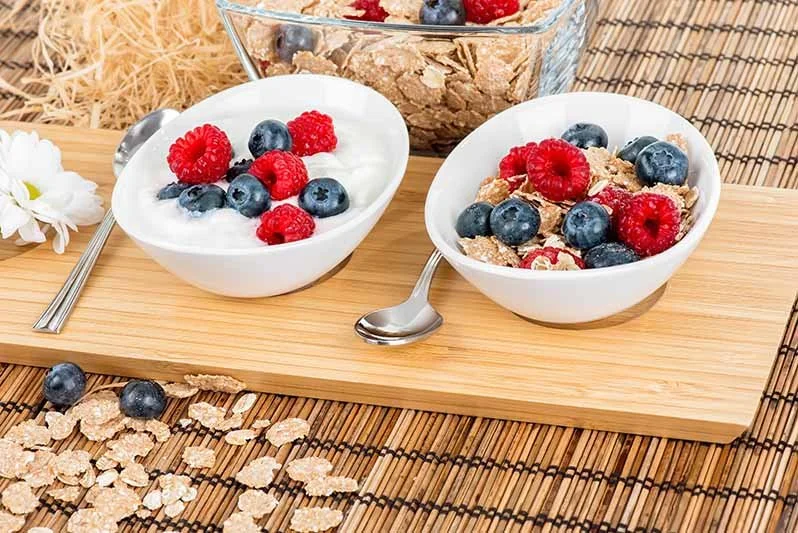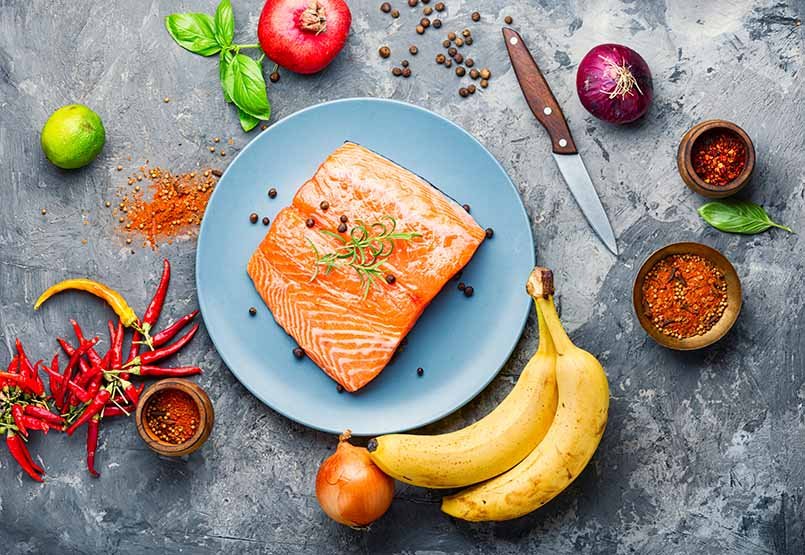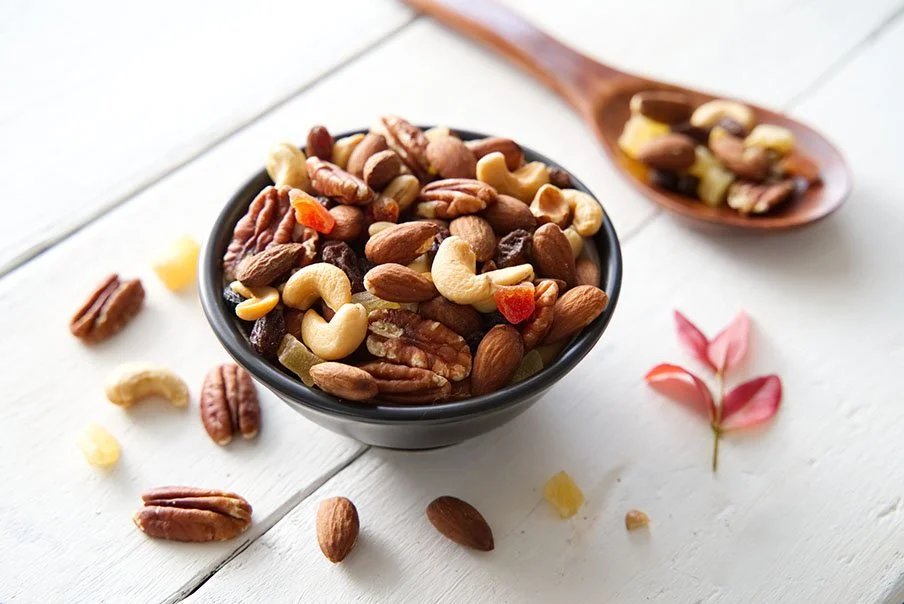Heart Healthy Foods
In the medical professional world, February is Heart Health Month. This is a time when people and organizations encourage Americans to take care of their hearts through nutrition and exercise.
What Is Heart Health?
Heart Health is one of the most widespread health challenges in the United States. According to the US Census, cardiovascular disease (CVD) is still the leading cause of death in the US.
Many factors can increase your risk of CVD, such as genetics/heredity, smoking, physical inactivity, diabetes, and high blood pressure. Often, doctors will encourage their patients to lose weight, go on specialized diets that cut out certain foods or prescribe medications to help lower the risk of CVD or a heart attack.
Many doctors use the scare tactic to invoke change in their clients, but is that the most effective way to encourage heart-healthy behaviors?
Heart Health & Intuitive Eating
Intuitive eating is a holistic approach to eating that emphasizes listening to your body’s hunger and fullness signals and trusting yourself to make healthy food choices without restriction or guilt.
This approach can be beneficial for heart health as well since it encourages a balanced and varied diet without limiting specific food groups.
Labeling foods as “good vs bad” confuses patients leaving them feeling guilty or ashamed and increasing their risk of partaking in diets when we know diets don't work. Studies have shown that 95% of people that lose weight will regain the weight back in 1 to 5 years.
So instead of fear-mongering, I like to approach my heart health and my clients from a different perspective. I suggest focusing on what we can add to improve our heart and overall health, rather than what we can take away.
I struggle with high blood pressure. My dad’s blood pressure stays high and my grandfather and uncle have both passed away due to heart attacks. Heart disease is scary, so finding ways to increase my heart health and keep it strong is important to me.
3 Heart Healthy Food Tips
So, here are a few foods that would be great to add to your meals this month and from here on out!
1. Increase your Omega-3’s
Fun fact, omega-3 fatty acids are not made in our body so we solely get them from our diet. Omega-3s are anti-inflammatory.
Stress or inflammation in the body can lead to damaged blood vessels and over time lead to CVD
So consuming omega-3’s in your diet routinely can help fight inflammation and keep your blood vessels from working too hard. Try incorporating two servings of fish per week into your diet. Think salmon, tuna, or sardines.
If fish is something you HATE, can’t afford, or are a vegetarian, give these a try:
Chia seeds
Flaxseeds
Walnuts
Edamame
Or take an omega-3 FA supplement. You could take fish oil, cod liver oil, krill oil, or flaxseed oil.
2. Give dietary fiber a try
Dietary fiber can help lower cholesterol levels, in addition to reducing blood pressure and inflammation. Dietary fiber can be found in whole grains, beans, fruits, and vegetables.
Think about Cheerios. I’m sure everyone has seen the “Heart Health” label on Cheerios and that is because Cheerios are made from whole grain oats which is a dietary fiber.
There are lots of foods high in fiber such as:
Whole-wheat
Nuts
Green beans
Pats
Apples
Cauliflower
Psyllium
When I am grocery shopping, I typically go for whole-grain bread, whole-wheat pasta, and brown rice. White bread or pasta doesn’t bother me but if I can get extra fiber and nutrients without jeopardizing the taste for me, then that is how I will add to my diet. So, if whole grain or whole wheat is something you hate. Try finding other ways to incorporate dietary fiber into your life because it is a great nutrient!
3. Add fruits and veggies if you can
Once my clients and I have worked through the principles of Intuitive Eating and they are ready for gentle nutrition, I encourage them to eat the rainbow. Try different fruits and vegetables. Find what you like! Having a variety is a great way to add nutrients and vitamins to your diet. If possible, have a fruit or vegetable with each meal. If not, don’t beat yourself up! Remember Intuitive Eating is NOT a diet- it is flexible and sometimes that means you don’t have time or access to get in a fruit or veggie with your meal. It’s important to view nutrition as a whole and one meal, day, or week will “ruin” your health.
Final Thoughts
In a nutshell, focus on how you can ADD to your nutrition this month. Heart disease is important every month, but it is nice to have that reminder of how crucial it can be to your overall health.
Try one of these additions at a time. You will be less likely to get overwhelmed. Good luck and let me know how it goes!
Wanting to start a healthier, fuller life?
Elizabeth McIntyre, RD is a registered dietitian helping Kentuckians find their new appetite for balance. Reach out today to see how Elizabeth can help you increase your heart health and create a better relationship with food.






